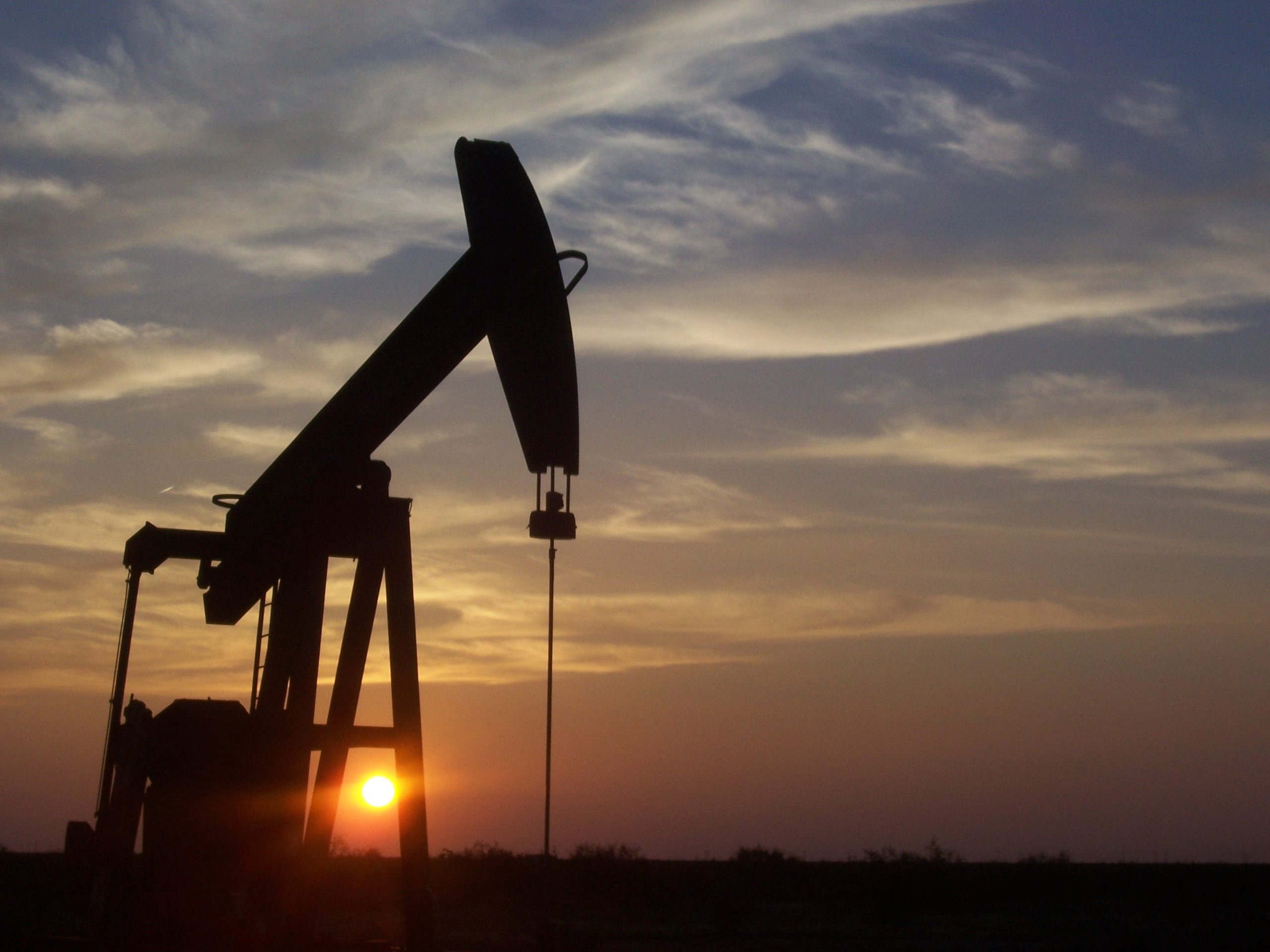Analysis By Air Marshal Anil Chopra
The Russia-Ukraine war has once again emphasized the need for logistic supply chain management and how disruptions can upset all strategic and tactical operations.
They can also impact the day-to-day living of the people. Disruption of electric power or petrol and gas in the forthcoming winter could be very punishing for Ukraine.
Petroleum products continue to be strategic assets that are still the drivers of all transportation, significant electricity production, and many industrial processes.
Petroleum and gas reserves are nature’s blessing to only a few select regions of the world. Most large economies of Europe, China, Japan, and India, among others, are major importers of petroleum products.
American sanctions on Iranian and Russian oil had greatly upset demand and supply dynamics. The Organisation of Petroleum Exporting Countries (OPEC) often operates as a cartel to control production and thus influence prices.
There is thus a need for all importing nations to not only broaden the basket of sourcing countries but also to build their own strategic storage capacities.
Global Petroleum Reserves
As per U.S. Energy Information Administration (EIA), the world consumes roughly 98 million barrels of crude oil per day.
This translates to 35 billion barrels a year. The proven global oil reserves currently are nearly 1,650 billion barrels, and that will last nearly 47 years. For the last decade, there has been no addition to known oil reserves.
Major countries with percentage of reserves are Venezuela (18.2%), Saudi Arabia (16.2%), Canada (10.4%), Iran (9.5%), Iraq (8.7%), Kuwait (6.1%), UAE (5.9%), Russia (4.8%), Libya (2.9%), United States (2.1%), China (1.5%), India (0.29%), and Pakistan (0.021%), among many others.
Global Strategic Petroleum Reserves
The Global strategic petroleum reserves (GSPR) are the crude oil inventories held by the governments, as well as private industry, to safeguard the economy and help maintain national security during an energy crisis.
Strategic reserves are intended to be used to cover short-term supply disruptions. Strategic reserves are in the form of crude oil that has already been extracted and can be promptly refined into fuels. GSPR storage capacity is estimated to be 4.1 billion barrels (650,000,000 m3) of oil held in strategic reserves by International Energy Agency (IEA) member states.
The IEA, a group of 31 countries, requires members to hold strategic reserves equal to 90 days of the previous year’s net imports.
The net-exporter members of the IEA are exempt from the strategic petroleum reserves (SPR) requirement. Of the total global reserves, 1.4 billion is government-controlled and the remainder is held by private industry.
The U.S. has consistently held the largest SPR at a maximum capacity of 727 million barrels, stashed underground in Louisiana and Texas. As of mid-2022, with 566 million barrels then in storage and crude oil trading at around $125 per barrel, the U.S. SPR was valued at roughly $71 billion.
Global oil consumption is in the region of 0.1 billion barrels (16,000,000 m3) per day. The 4.1 billion barrels reserve would be equivalent to 41 days of current production.
China has the second largest storage at around 400 million barrels. They are in the process of increasing to 511 million barrels. China’s SPR reportedly held crude equivalent to 40 or 50 days of imports.
They want to raise the figure to 90 days reserve. Japan is third, with around 324 million barrels and a 133 days reserve. South Korea is fourth at 146 million barrels. Spain is next with a 120 million barrels capacity.
Many nations’ SPRs are stored deep underground in naturally-occurring salt caverns found deep underground rather than traditional tanks. Salt formations offer the lowest cost, most environmentally secure way to store crude oil for long periods of time.
The U.S. government had ordered releases from the SPR on many occasions, the more important being after Hurricane Katrina in 2005 and Hurricane Gustav in 2008 disrupted energy production in the Gulf Coast region.
In 2022, the USA was the only SPR giant to vigorously sell off its reserves in view of inflation and to neutralize high oil prices in response to the disruptions caused by Russia’s invasion of Ukraine. All others are holding up their reserves. Releases from the SPR can take the form of loans, outright sales of oil, or exchanges.
To allow oil-exporting countries increased flexibility in their production quotas, there has been a progressive movement towards forward-commercial storage agreements. These agreements allow petroleum to be stored within an oil-importing country.
However, the reserves are technically under the control of the oil-exporting country. Such agreements enable oil-importing countries to access these commercial reserves in a timely and cost-effective way.
France, Germany, and Italy have an oil-sharing agreement in place that allows them to buy oil from each other in the event of an emergency. Japan and South Korea have similar agreements.

India’s High Import Dependence
India, which is already the fifth-largest economy and will soon have the world’s largest population, has very small oil reserves.
India is the world’s third biggest oil-consuming and importing nation, and imported 212.2 million tonnes of crude oil in 2021-22, spending USD 119.2 billion, according to data from the oil ministry’s Petroleum Planning & Analysis Cell (PPAC).
India spent USD 13.7 billion in March 2022 alone, when oil prices surged to a 14-year high. The Indian Crude Basket is weighted average of Dubai and Oman (sour) and Brent Crude (sweet) crude oil prices.
It is used as an indicator of the price of crude imports in India, and the Government of India watches the index when examining domestic price issues. Typically when the Price of Brent crude oil goes above USD 100, the crude is considered expensive.
During the Ukraine crisis, it had gone above USD 140, and that had messed up the economic planning of most importing countries. Data for October 2021 shows that India imported 21% of the crude from Iraq, followed by Saudi Arabia (16%) and the United Arab Emirates (UAE) (10%).
After the Ukraine conflict, India’s oil imports from Russia jumped to 18% of crude purchases by July 2022, and Russia became India’s second-largest source of petroleum crude. It was now on track to overtake the leader, Iraq, in the coming months.
India had estimated crude oil reserves of 594.49 million metric tonnes (Mt) and natural gas reserves of 1339.57 billion cubic meters of natural gas (BCM). India, which is 85.5 percent dependent on imports to meet crude oil needs, has a surplus refining capacity, and it exports some petroleum products but is short on the production of cooking gas LPG.
India has been trying to reduce petroleum dependence through renewable energy and indigenous ethanol fuel.
India already has three major crude oil pipelines to bring imported crude from ports to the refineries. The 2660 km Salaya-Mathura Pipeline (SMPL) brings crude from Salaya near Vadinar port in Gujarat and takes it to Indian Oil’s Refineries at Koyali in Gujarat, Mathura in Uttar Pradesh, and Panipat in Haryana.
Vadinar can handle Very Large Crude Carriers (VLCCs) with offshore pipelines of 25 km. The 1447 km Paradip-Haldia-Barauni Pipeline (PHBPL) originates from Paradip port in Odisha and brings crude to Haldia in West Bengal and Barauni in Bihar.
The 1194 km Mundra – Panipat Pipeline (MPPL) brings crude from Mundra port in Gujarat to the refinery at Panipat in Haryana.
Strategic Crude Oil Reserves – India
As per the Government of India Press Release, the Indian Strategic Petroleum Reserve Limited (ISPRL), a Government of India Special Purpose Vehicle, has established Strategic Petroleum Reserves (SPR) facilities with a total capacity of 5.33 Million Metric Tonnes (MMT) at 3 locations.
These are Vishakhapatnam (Andhra Pradesh), Mangaluru (Karnataka), and Padur in Karnataka. As per the current consumption pattern, the total capacity is estimated to provide for about 9.5 days of crude oil requirement.
In addition, Oil Marketing Companies (OMCs) in the country have storage facilities for crude oil and petroleum products for 64.5 days; thus, the current total national capacity for storage of crude oil and petroleum products currently is 74 days.
All the storage is made full when international crude prices drop and when prices shoot up, the Government releases Strategic Petroleum Reserves to mitigate market volatility.
Under Phase II of the SPR Programme, the Government has given ‘in principle’ approval for establishing two additional SPR facilities with a total storage capacity of 6.5 MMT at Chandikhol in Odisha (4 MMT) and Padur in Karnataka (2.5 MMT).
This additional 6.5 MMT SPR capacity is estimated to provide about 12 additional days of India’s crude oil requirement.
Pakistan Strategic Oil Reserves
Pakistan is currently in an economic mess with soaring inflation. Public anxiety spiked as oil prices in Pakistan broke records multiple times over the last year. The prices stand at the highest in the history of the country due to the devaluation of rupees and the high prices of crude oil globally.
Analysts suggest that Pakistan should have strategic oil reserves. Pakistanis noticed that India and China announced releasing their strategic petroleum reserves in domestic oil markets in a bid to control prices.
The Cabinet Committee on Energy (CCoE) in Pakistan has ordered a working group led by the Oil and Gas Regulatory Authority (OGRA) to expedite the study of the development of strategic oil reserves.
Pakistan’s average oil consumption is 26 million tonnes per annum, of which around 22.1 million tonnes are imported. In addition to this, port congestion at Karachi, with only four piers available for the transfer of oil products, also risks supply chain disruption at all times. The risk will be exacerbated in the event of emergencies like the cessation of port operations and war.
During the 1971 India-Pakistan war, Indian forces bombed oil reserves at Karachi Port, and the Indian Navy attacks against merchant ships disrupted oil supplies to Pakistan.
Karachi and Bin Qasim are still the busiest ports in the country and remain at risk due to their proximity to India. Therefore strategic oil reserves are vital to maintaining the war-fighting ability. Pakistan currently lacks such reserve capacity.
India’s trade and political relations with Gulf countries are continuously strengthening and assure it of oil supplies. Many of them don’t support Pakistan against India in many global forums.
Hence, Pakistan’s reliance on Gulf countries for oil supplies on deferred payments and during a conflict is gradually dwindling. This further adds to the imperative for building Pakistan’s own strategic reserves. Pakistan has announced plans for a 20-day emergency reserve initially, but the work has still to begin.
Way Ahead For India
Supply security is becoming more important as global spare capacity has been uncomfortably low. In addition, India’s aging oil wells are struggling to keep their domestic oil production steady amid growing oil demand. India is looking at diversifying its sources of crude oil.
The Government has approved a proposal to invest $1.6 billion to develop an oil block in Brazil in an attempt to procure equity oil overseas. India has been stepping up cheap Russian oil purchases in recent months despite sanctions from the West on oil trade with Russia after the conflict in Ukraine.
The IEA predicts that India could well be the largest oil importer, increasing the country’s vulnerability to threats of physical supply disruptions leading to sharp price fluctuations. The Government has approved fiscal incentives to attract investments and technology to improve recovery from oil fields worth Rs 50 lakh crore in the next twenty years.
India is looking for more energy sources abroad. India should buy and store the oil in the host countries as Indian assets and retrieve it when required.
The Oil Ministry plans to set up bio-CNG (compressed natural gas) plants and allied infrastructure to promote the use of clean fuel. Indian oil imported using ships consisted of 90% foreign vessels. It is also an issue to be looked upon. India needs to acquire its own ships to transport oil.
- Air Marshal Anil Chopra (retired) is the Director-General, Centre for Air Power Studies (CAPS), New Delhi. VIEWS PERSONAL
- Author Tweets At:@Chopsyturvey
- Follow EurAsian Times on Google




